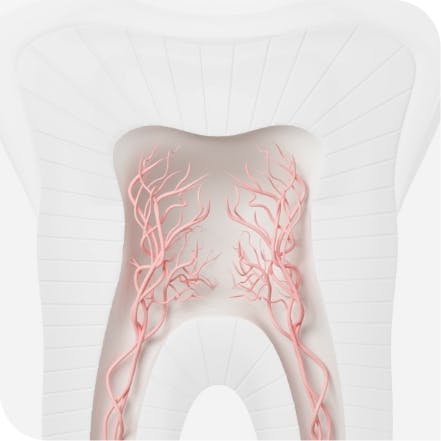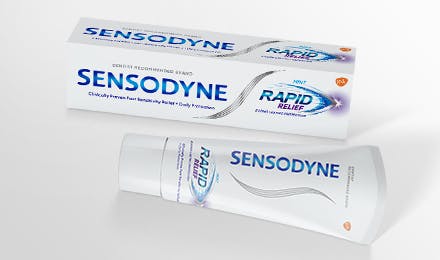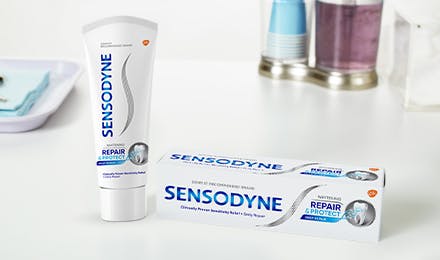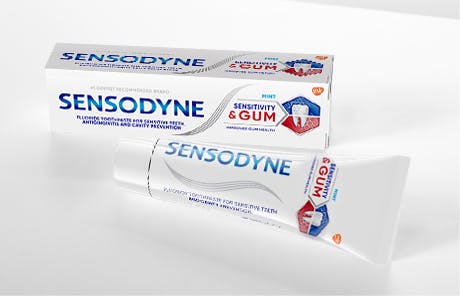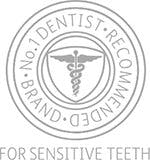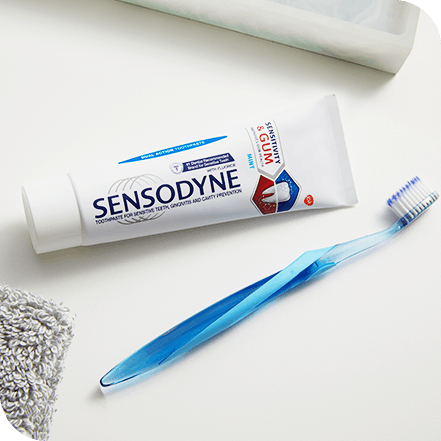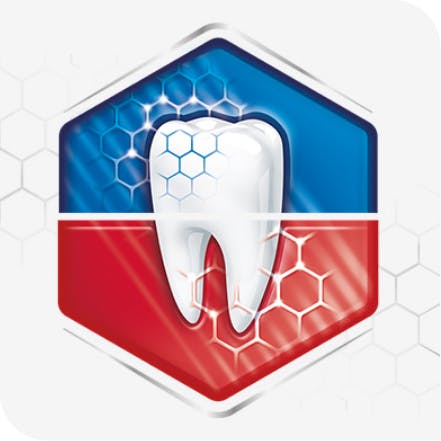What You Need to Know About Soft Bristle Toothbrushes

Are you concerned about teeth sensitivity, especially as you get older? It’s important to select the right toothbrush to help maintain your oral health.1 Learn about soft bristle toothbrushes and how they compare to other bristle options, so you can keep your smile healthy and bright.
What Are the Different Bristle Options?
To maintain oral health and practice good oral hygiene, toothbrushing is important.1 There is an array of manual and powered toothbrush styles, with different head shapes, designs and sizes.1 When you are choosing your toothbrush option, manufacturers will often label bristles as soft, medium or hard.1 These categories are important to keep in mind, as bristle stiffness can contribute to dental abrasion.1
How Do Other Options Compare to Soft-Bristle Options?
The aim of brushing your teeth is to remove dental plaque.2 However, aggressive brushing can lead to gum recession and cause problems like tooth sensitivity and aesthetic issues.2 In recent decades, new toothbrush designs have been introduced, focusing on being gentle for those with tooth sensitivity and gum recession. To help protect your gums and reduce the risk of sensitivity, ultra-soft toothbrushes have been commercialized.2
The American Dental Association (ADA) recommends that people should use a soft-bristled toothbrush and apply gentle pressure to avoid gingival injury.3 Toothbrushes with hard bristles cause more gum recession compared to toothbrushes with soft bristles.2 Studies also indicate that hard bristle toothbrushes produce more gingival lesions than soft and medium ones.3 So, if you’re evaluating options, and are at risk for tooth sensitivity, soft toothbrushes are more likely to be a better option.4
Additionally, to prevent gum recession, it’s also important to be aware of how hard you brush and your brushing technique.1 The ADA suggests you place your toothbrush at a 45-degree angle to remove plaque from above and below the edge of their gum around their teeth and move it back and forth in short strokes.3 To clean the front of your teeth, you should tilt the brush vertically and make up-and-down strokes.3
If you’re want to control your brushing pressure and care for your tooth sensitivity, consider the Sensodyne Sensitivity & Gum Soft Toothbrush, which offers seven specially designed benefits for people with sensitive teeth.^ It has 2.5x better pressure control^, for a better clean with less pressure.* Additionally, you can try the Pronamel Intensive Enamel Repair Toothbrush, which is designed with enamel protection in mind.* Choose your toothbrush with Sensodyne, designed for people with sensitive teeth and gums.
*in laboratory testing compared to a standard flat trim toothbrush
^vs standard neck in laboratory testing
Source Citations:
- Effect of vertical load and speed on toothbrush stiffness measurements. ADA. https://jadafs.ada.org/article/S2772-414X(23)00003-8/fulltext. Accessed 6/7/2024.
- Measurement of toothbrush stiffness. NCBI. https://www.ncbi.nlm.nih.gov/pmc/articles/PMC7921760/. Accessed 6/7/2024.
- Toothbrushes. ADA. https://www.ada.org/resources/ada-library/oral-health-topics/toothbrushes/. Accessed 6/7/2024.
- Evaluation of toothbrush stiffness and its effects. PubMed. https://pubmed.ncbi.nlm.nih.gov/30152076/. Accessed 6/7/2024.
